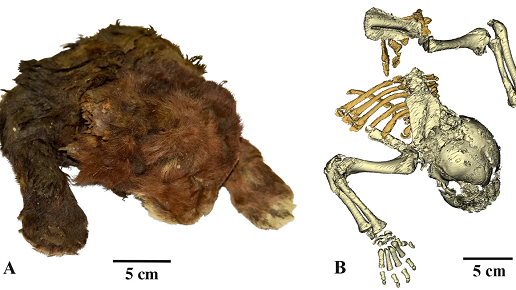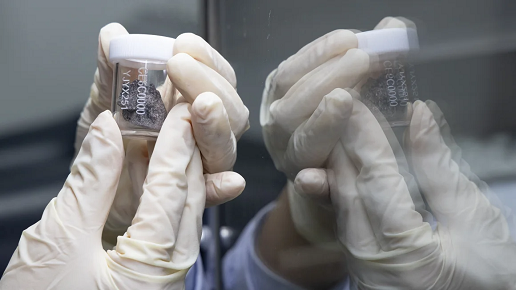Nasopharyngeal cancer is a common head and neck tumor, with radiation therapy being the primary treatment. Despite its effectiveness, radiation therapy can lead to severe complications, one of which is radiation-induced osteonecrosis. Doctors explain that radiation-induced osteonecrosis refers to the necrotic changes in bone tissue due to radiation exposure, accompanied by infection, inflammation, ulcers, and bleeding.
Radiation-induced osteonecrosis commonly occurs in the skull base, cervical vertebrae, and mandible. If inflammation extends to the brain or high cervical vertebra dislocation compresses the brainstem, it can be life-threatening. The nasopharyngeal cancer team at Taichung Veterans General Hospital stated that treatment for radiation-induced osteonecrosis is mainly divided into conservative treatment and surgical treatment. When conservative treatment fails or complications are severe, surgical treatment is necessary. The nasopharynx is located in the middle of the skull, and minimally invasive endoscopic nasal surgery can reveal and remove the lesions. (Photo/Heho Health)
The nasopharynx is located in the middle of the skull, and minimally invasive endoscopic nasal surgery can reveal and remove the lesions. (Photo/Heho Health)
The nasopharynx is located in the middle of the skull, and minimally invasive endoscopic nasal surgery can reveal and remove lesions. If necessary, local flap transplantation can also be performed. Ms. Li, a 38-year-old nasopharyngeal cancer patient, underwent two radiation treatments after recurrence. A year later, she experienced headaches and weakness in her limbs. An MRI revealed that her cervical vertebra dislocation was compressing the brainstem, causing severe headaches and limb weakness.
Severe Radiation-Induced Osteonecrosis Requires Surgical Intervention
Dr. Shih Kai-Hsiang, an otolaryngologist at Taichung Veterans General Hospital, indicated that imaging showed Ms. Li had skull base radiation-induced osteonecrosis with high cervical vertebra dislocation compressing the brainstem. She later underwent minimally invasive endoscopic nasal surgery to remove the lesion and cervical vertebra surgery, along with speech rehabilitation and has now returned to work.
Statistics from Taichung Veterans General Hospital show that they have treated 50 cases of radiation-induced osteonecrosis in nasopharyngeal cancer patients, with their research findings presented at international conferences. The nasopharyngeal cancer team at the hospital has achieved a five-year survival rate of over 80% through multidisciplinary combined treatment. Watch out for nasopharyngeal cancer if you have these 6 major symptoms. (Photo/Heho Health)
Watch out for nasopharyngeal cancer if you have these 6 major symptoms. (Photo/Heho Health)
Dr. Shih emphasizes that common symptoms of skull base radiation-induced osteonecrosis include severe headaches, foul odor in the nasal cavity, and nosebleeds. Diagnostic methods include nasopharyngeal endoscopy combined with CT or MRI scans to examine the nasopharynx and carotid arteries. Treatment involves antibiotics and endoscopic surgery or skull base flap reconstruction surgery.
Complications Are Warning Signs of Recurrence
Statistics indicate that the incidence of skull base radiation-induced osteonecrosis is about 2%, usually occurring within 3 months to 10 years after radiation therapy, with an average onset time of about 2 years. There are also cases reported beyond 10 years. Dr. Shih urges patients with a history of nasopharyngeal cancer and those who have undergone radiation therapy to have regular nasopharyngeal endoscopic examinations, even many years later, to check for related complications or recurrence. Complications include sinusitis, otitis media, hearing loss, and tooth decay. Additionally, with prolonged treatment, patients may experience issues such as dysphagia, neck stiffness, neuropathy, or carotid artery stenosis.







